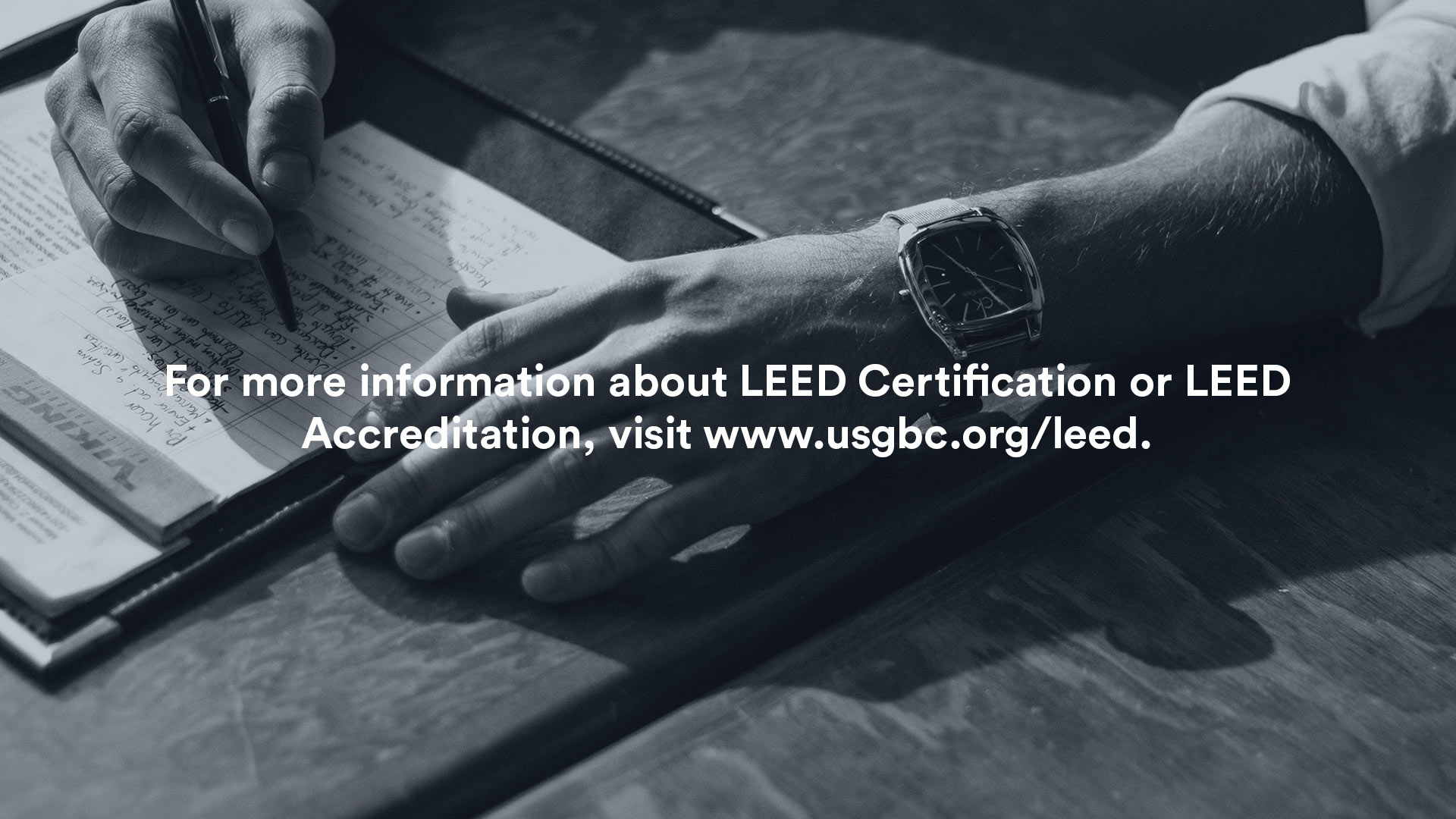Part I | Part II | Part III | Part IV
What is LEED Certification?
In 1989, a forward-thinking, environmentally conscious architect from Kansas City unintentionally started an entire movement around sustainable architecture. That year, Bob Berkebile petitioned the American Institute of Architects (AIA) to study how architects could uphold the integrity of their profession, but still design environmentally responsible buildings that respect the planet — a bold move in 1989. The AIA’s Board of Directors initially frowned upon Berkebile’s proposal, but a small group of like-minded architects backed him up, taking over the AIA’s national convention that year, and unanimously passing the resolution “CPR: Critical Planet Rescue.”
The troupe formed a new committee — the AIA Committee on the Environment (COTE) — that would eventually collaborate with the Environmental Protection Agency (EPA) to create new, sustainable architectural design guidelines. A few years later, that committee would evolve into the U.S. Green Building Council (USGBC), the leading organization that promotes sustainability in building design, construction, and operation. Within a few years, the USGBC would go on to develop Leadership in Energy and Environmental Design (LEED), the internationally known rating system and symbol for sustainable and environmentally sound buildings.

LEED certification for buildings.
Today, LEED is the most widely used and well recognized green building rating system around the world. LEED certification is now used for practically all building (commercial or residential) and project types – from new construction and interior fit-outs to sustainable operations and maintenance upgrades. It signifies a certification that “creates healthy, highly efficient, cost-saving green buildings,” improving environmental performance from carbon footprint to indoor environmental quality.
There is a LEED certification framework for nearly every project, with a rating system that is grouped into five categories:
- Building Design and Construction (BD+C)
- Interior Design and Construction
- Operations and Maintenance (O+M)
- Neighborhood Development
- Homes






